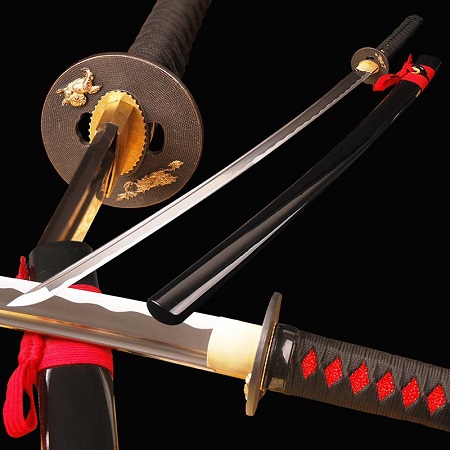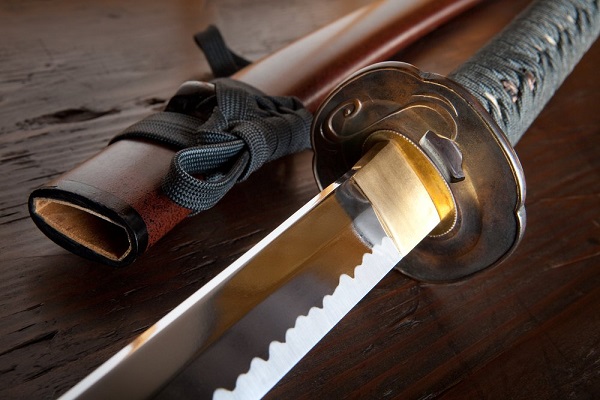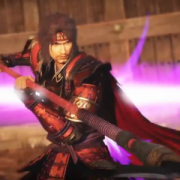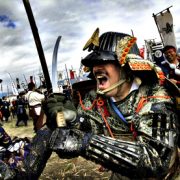Asking The Right Question On Samurai Swords
Beginners, amateurs and budding enthusiast always ask one question when it comes to historical and revered swords. Which steel makes the best sword. Professionals, historians, and experts, invariably, laugh inside when they hear this question. No, they are not rude. The question of which steel is the best is like asking how long is a rope. Yes, the question is that pointless. A rope can be as long as required, which is precisely the answer to the sword question too.
The best steel for a sword is dependent on the type of sword, which number in hundreds, and the intended use of the sword, which can vary too! Add to it several other factors such as the quality of steel fabrication, forging of the sword, and the heat treatment, the type of steel really takes a back seat.
We do understand that the curiosity of knowing which kind of steel would make the best samurai sword. So, we give you the right questions to ask and the answer to it. The question is – name some types of steels utilised to make swords and give their pros and cons. The answer, which is noticeably longer, is given below. Do note that for the sake of brevity, we haven’t discussed all kinds of steels and the swords they make.
Stainless Steel Swords Are Passé
 At one point of time, every type of swords from a khurki to a samurai was made from stainless steel. The market was inundated with them. Today, after a long evolution of learning, stainless steel swords are merely for decoration. You’ll find them hanging on walls, and that is all. The reason for delegating them into the cheap category of decorative accessory is sound.
At one point of time, every type of swords from a khurki to a samurai was made from stainless steel. The market was inundated with them. Today, after a long evolution of learning, stainless steel swords are merely for decoration. You’ll find them hanging on walls, and that is all. The reason for delegating them into the cheap category of decorative accessory is sound.
Any blade that is over twelve inches long, like a sword, and made of stainless steel is extremely brittle. They tend to shatter even with simple, practice usage. The element to blame is chromium. Stainless steel doesn’t stain because it has more than 11% chromium in it. When stainless steel is tempered to reach a length of 12 inches or over, the boundary between steel and chromium weaken. This weakening causes stress points to appear on the sword, which makes it brittle and breakable.
Therefore, the only good use of stainless-steel samurai swords is to admire them from afar. As ever, there are exceptions. A handful of swords smiths employ a very sophisticated technique while making stainless steel swords. These swords are applicable for non-contact forms practice and can be bought at a steep price.
Steel Requirements For Making Samurai Swords
The steel employed to make authentic medieval style swords, i.e., Katana or Samurai is 5160 Spring Steel. This type of steel has a very minimal chromium content, about 0.7. The low level of chromium takes away the stainless quality of the steel. The 5160-spring steel alloy also has a minor amount of silicon in it, about 0.2%. The silicon combined with chromium makes the steel considerably tough, which means the sword fabricated out of it is highly durable. Check Out – Some secrets of samurai sword.

The Hamon of the katanas has to be subtle as the steel is deep hardening. They can be differentially hardened too. Such swords have a hard edge. The 5160-spring steel alloy is also utilised to forge the Khurki of Nepal because it creates a hard and sharp blade.
As we pointed out earlier, the type of steel used in only one element that makes a good sword. How it is heat-treated is pivotal to its strength and weakness. Even a samurai sword of 5160-spring steel fabrication will have drawbacks if the heat is applied wrong. In comparison, when done accurately, the resulting sword is a beauty to behold.
We hope this article gave a brief idea of what it takes to make the best steel sword. The answer is as complicated as the process utilised to make swords, which means the result is always different.





